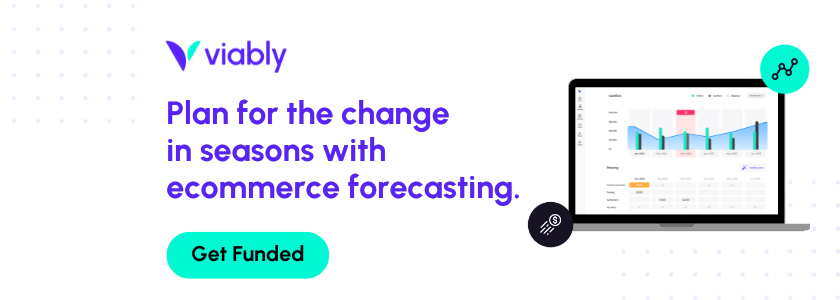What are invoice payment terms?
When designing your process for invoicing and billing customers, you’ll probably want to templatize invoices for scale. You may also need some customization for different types of products, services, and offerings to your customers. And depending on billing contracts and terms that they agree to, you’ll want payment expectations to be clear on your invoices.
With that in mind, here is a list of commonly used abbreviations, acronyms, and terms you could use to set clear expectations for a customer who receives an invoice.
| Care of | The person who needs to receive the invoice |
| CWO | Cash with order |
| COD | Cash on delivery |
| EOM | End of Month |
| 30 Days EOM | Due at the end of the month following the month of the invoice. |
| 60 Days EOM | Due at the end of the second month after the month of the invoice. |
| Net (Number) | The net amount is due the (number) of days after the date of the invoice. |
| FOC | Free of charge |
Additional notes on invoicing acronyms
Care of
Use the term “care of” on an invoice to have it delivered to the person or team that can actually pay it. Oftentimes, this is the person who signed the contract or the primary point of contact in the relationship. It’s a good idea to minimize the number of times an invoice changes hands within your customer’s organization. They’ll appreciate the efficiency, and you’ll increase your chances of being paid on time.
CWO
In the case of “cash with order,” the customer pays the vendor at the time they place the order (in advance of receiving the product). CWO buyers will normally agree that there is no ability to receive a refund upon delivery of the product. Sometimes, a CWO requires part of the payment up front, and then the rest upon delivery of the product or service.
COD
“Cash on delivery,” also referred to as “collect on delivery,” COD is a transaction where the customer pays for the product or service at the time of delivery rather than using credit. This can be a cash flow advantage to the buyer because they have some extra time to save. It’s also advantageous to the seller, who knows the payment will be received once the product is delivered.
EOM
Pretty simple. EOM on an invoice means the payment is due at the end of the month. 30 or 60 days EOM means the payment is due 30 or 60 days from the end of the month.
FOC
Use a “free of charge” invoice even if you’ve provided a product or service to a customer for free. This will provide both parties with documentation of the product or service delivered, which might be a reminder of the strength of the relationship later on.
Check out our Invoicing 101 blog post for a crash course on the basic invoicing strategies for small businesses.



